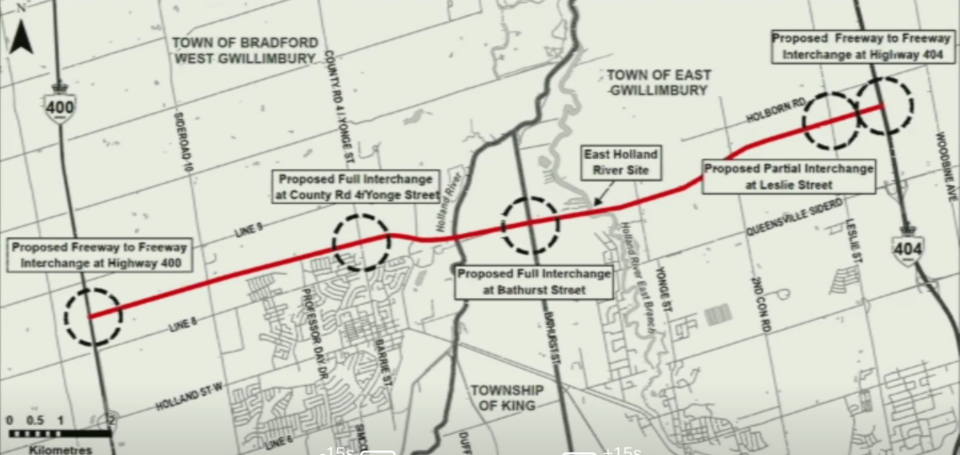BradfordToday received the following letter from Susan Sheard regarding the Bradford Bypass:
What strikes me as incredibly strange about this whole Bradford Bypass debate is why both the province and the municipalities involved are refusing to consider other ways to reduce congestion.
Is building a highway that will cost several billion dollars and seriously degrade wetlands and rivers that flow into Lake Simcoe, not to mention forcing homeowners along the route to relocate, really the one and only solution to traffic congestion?
East Gwillimbury-based Forbid Roads Over Green Spaces (frogs.ca) say that the proposed Bradford Bypass should be compared to possible modifications to existing routes, taking into consideration criteria such as:
- commute times and traffic volume—both peak and average--on existing routes;
- financial costs of construction, and
- greenhouse gas emissions, salt runoff impact on Lake Simcoe and other environmental damage caused both during and after construction.
FROGS recommends that local interregional travel be addressed by connecting:
Ravenshoe Road to Simcoe Line 13. (This route is similar to MTO’s previously preferred Highway 89 Extension route to Ravenshoe Road), and Queensville Sideroad to 8th Line in Bradford, via Bathurst Street and Hochreiter Road.
FROGS points out that MTO’s stated policy is to not mix local with long distance travel. The proposed Bradford Bypass violates that policy. Long distance travel should be served by a separate, controlled access highway located south of Newmarket on one of the two ring road options originally considered in the initial Bradford Bypass EA Study.
When the 1997 Bradford Bypass EA Study was approved, the total area population was 36,200. It was projected to reach 58,100 by 2040. The most recent projection for 2050 is: 213,210. We will need to substantially upgrade our regional roads to address the resultant local interregional travel demands. The Bradford Bypass will not be able to handle all this traffic as well as the long-distance traffic it is intended to address. It will become a rush-hour parking lot.
Here’s hoping cooler heads will prevail, the federal government will see the wisdom of conducting an Impact Assessment, and FROGS’ proposed analysis will be undertaken.
Susan Sheard
Georgina, York Region



